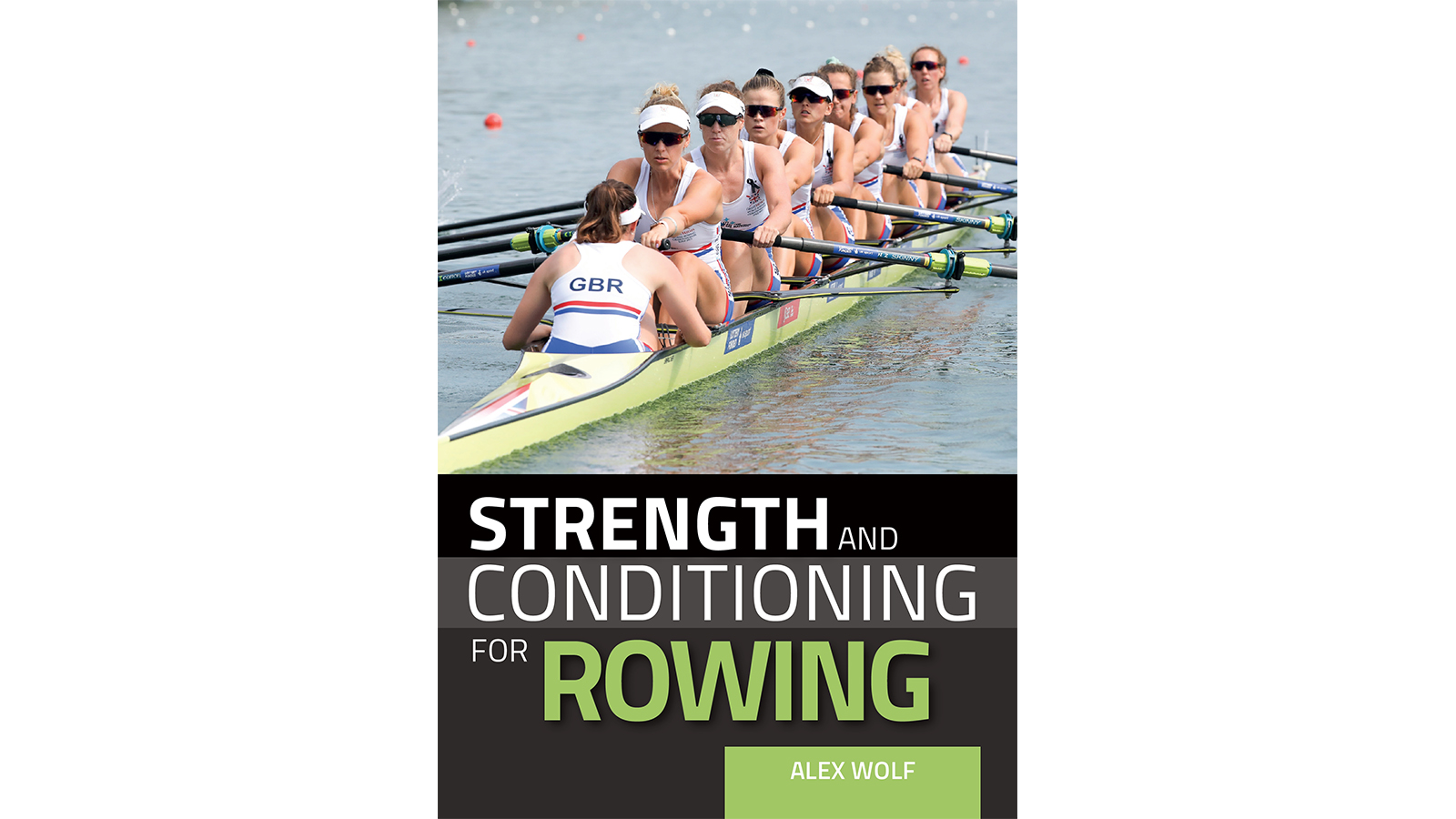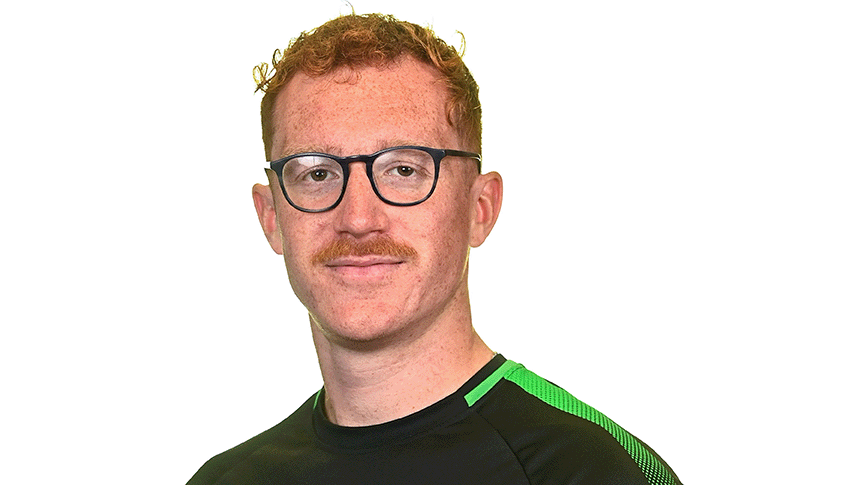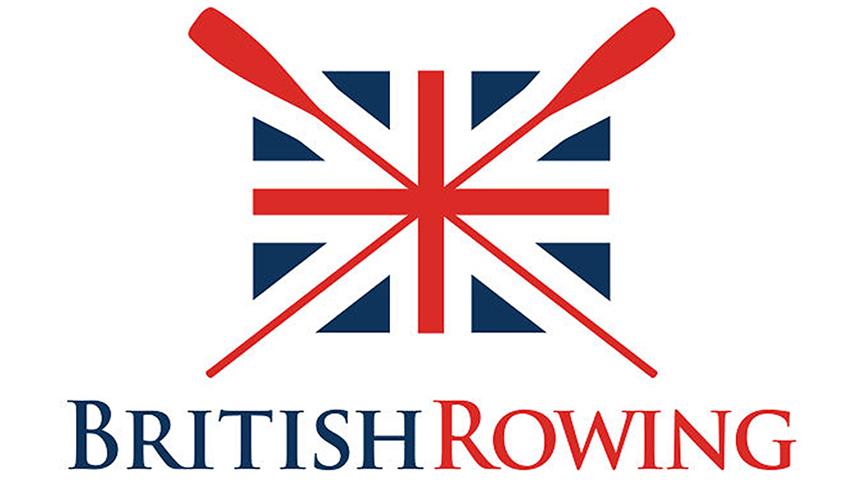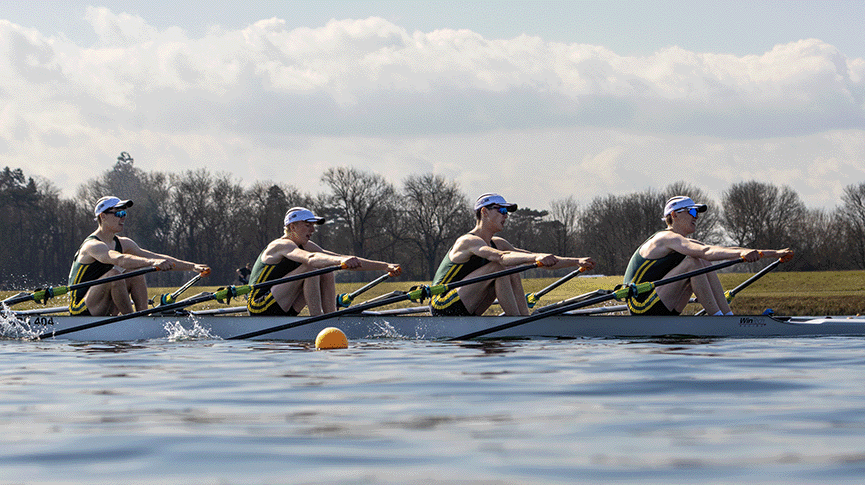Book review: Strength and Conditioning for Rowing
Alex Wolf’s book usefully explores the principles and good practice in coaching generally, as well as S&C in particular, says Dr Persephone Wynn. She reviews the book below

Written by Performance Consultant Alex Wolf, also former Head of Strength and Conditioning at the English Institute of Sport, Strength and Conditioning for Rowing is an indispensable guide for all coaches.
The first chapters of this well written and easily read book explore the fundamentals of coaching and look at how strength and conditioning (S&C) can support performance rather than being an end in itself.
The chapter on the Fundamentals of Coaching alone, is worth having the book on your shelf for
Dave Collins, Performance Director of UK Athletics in 2007, says in the book: “Stop making strength and conditioning look good, make performance look good.”
The book explores the art of coaching itself, the wider practice of being a coach, the importance of not neglecting the human side of S&C, of understanding the needs of the athlete as a person and the importance of empathy with the athlete. The chapter on the Fundamentals of Coaching alone, is worth having the book on your shelf for.
Many coaches will, I suspect, pass over the first chapters in their hurry to simply get to the later chapters which apply the strength and conditioning principles to the rowing population, exercise selection, assessment for training specific areas and programming; however they will be doing themselves a disservice if they do so, and would, benefit hugely from reading this book from cover to cover first, rather than diving in randomly.
Wolf explores the question of what the intended adaptive response is, thus challenging S&C coaches to consider the intention of the overall training programme, usually set by other coaches in the team.
As S&C coaches, their purpose is to train to the outcome of the performance programme and not the exercise or the methodology.
Wolf provides this key advice: ‘Train the adaptation not the exercise. Identify what the desired adaptive response is and then identify the most effective method to achieve the adaptive response. Don’t be limited by traditional or historical exercise selection.’
The performance backwards approach to planning helps to ensure that the outcome is the focus
He writes: ‘Function is a product of outcome and not method. Functional training is often described as observable functional similarities between sports task and exercise task (i.e. the exercise and sport task look the same). However, functional exercises should be viewed as those that attempt to meet the intended outcome, regardless of how close it looks like the sports task.’
The S&C coach’s model of performance taken together with the athletes’ shared and agreed performance goals, is just one part of the overall planning by the whole performance team. S&C coaches need to remember that the S&C is not the event itself.
As Wolf writes at the beginning of this book the performance backwards approach to planning helps to ensure that the outcome is the focus and not the methods used to achieve it. He explains: ‘The book was written with the intent to help those working in rowing to have a simple framework to plan S&C aligned to rowing performance, regardless of level.’
While much of the latter chapters can be found elsewhere, linking this to the earlier themes around a performance backwards mindset, an awareness of philosophical models of performance, an adaptation-led approach and athlete focus is the key to effectively applying the content in the real world.
There are chapters written by other professionals and also sections from athletes, all of which pull together the concepts of planning backwards from the performance model, identifying the physical skills needed and the critical components of that performance.
Later chapters in the book explore the application of S&C practice in the rowing world, transferring the training to rowing performance, exercise selection, common injuries, exercise technique, specific trunk training, assessment, and programming.
There is also a chapter by Tom Rusga from the English Institute of Sport on the S&C requirements for Paralympic rowing. He discusses understanding the impairment for each athlete and looks at the mechanical demands for each of the classification categories and injury risks for each classification category.
Again, a reminder that each athlete is an individual and should be treated as such.
Strength and Conditioning for Rowing by Alex Wolf is available as a paperback or e-book from Crowood Press, priced at £15.99 or £16 respectively.
Dr Persephone Wynn is a L2 Strength and Conditioning and L3 Senior Club Coach and is also Programme Manager at British Rowing.







